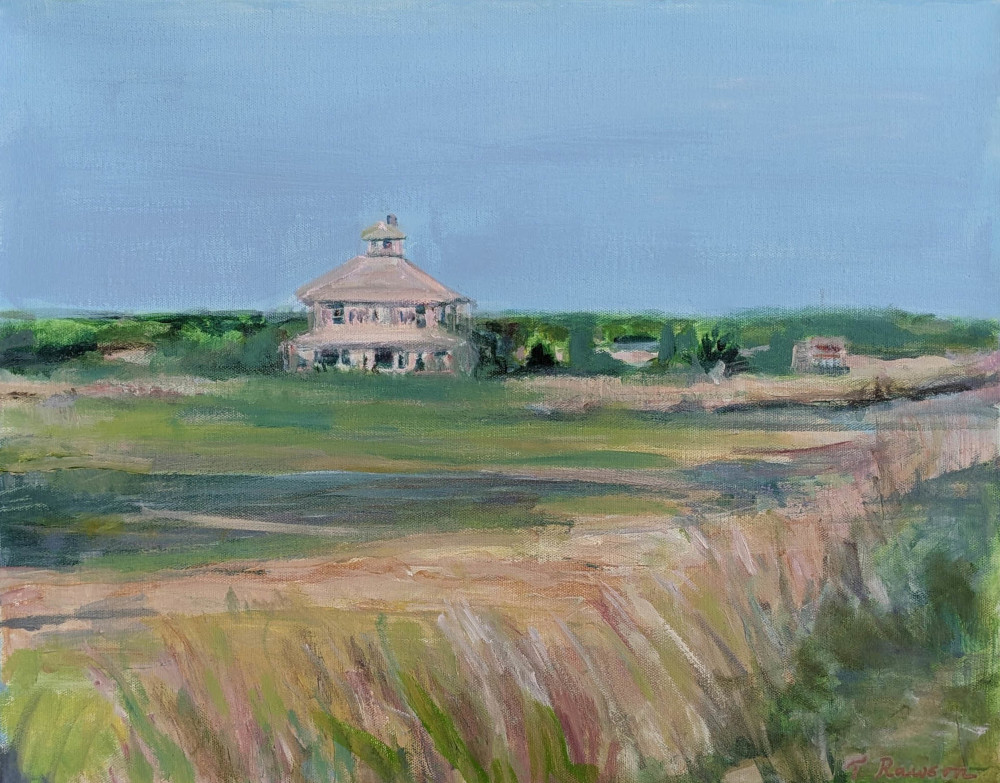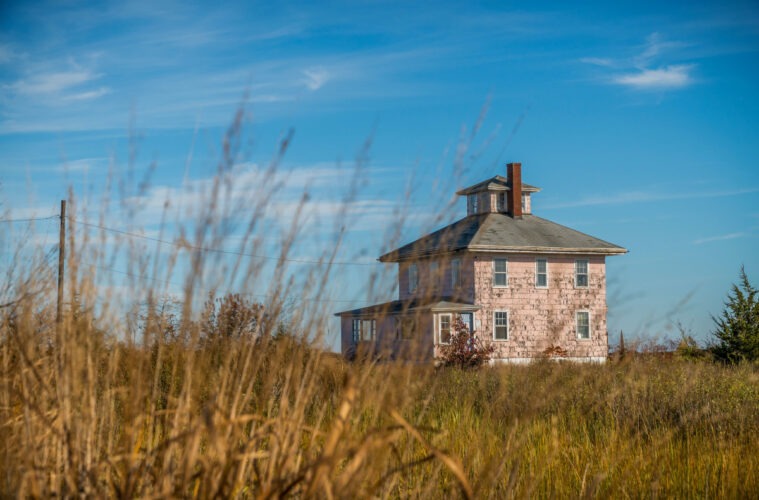An anonymous lover of Newbury’s iconic Pink House has offered up a $1 million donation to the U.S. Fish and Wildlife Service, on the condition that the agency cease plans to demolish the beloved structure and work toward plans to preserve it. The issue is urgent, as demolition could begin as early as next week, say supporters, who have keep up the fight to save the structure for close to 10 years.
A portion of the donation could be used to do maintenance on the house and address safety and security concerns, eliminating the agency’s stated reasons for the planned demolition, says activist group Support the Pink House.
“This incredibly generous donation is a game changer,” says organization president Rochelle Joseph. “It opens up so many more options for [U.S. Fish and Wildlife] to conserve hundreds of new acres anywhere in the nation, and can be the win for all we have always worked so hard for.”
The possible benefactor wrote a letter outlining the terms of their proposed donation, which Support the Pink House delivered to several senior decision makers in Fish and Wildlife, the Realty Chiefs who invited the organization into a land swap partnership a few years ago, and to the U.S. Department of the Interior.
“The donor feels, as tens of thousands do, that it is an entirely unnecessary tragedy to demolish this iconic building,” Support the Pink House says in a statement.

The two-story, three-bedroom Pink House was built in 1925 on a small spit of land surrounded on three sides by salt marsh. Over the years, its distinctive color and lonely location have made it a striking sight that has captured the imagination of locals, visitors, and artists. The house changed hands many times over the years, before the U.S. Fish and Wildlife Service, which also manages the adjacent Parker River National Wildlife Refuge, bought the property for $375,000 in 2011.
Time, however, took its toll on the building, which has experienced problems with flooding, mold, structural stability, and asbestos that now make it unsafe to use or even enter. The notion of removing the house was first floated nearly a decade ago, but local opposition was strong. Supporters suggested buying the house from Fish and Wildlife, but federal rules prohibit its outright sale, so community members and the agency tried to identify a parcel of land of roughly equal monetary and ecological value that could be swapped for the Pink House property.
However, none of these efforts bore fruit and, in March of this year, Fish and Wildlife announced its intention to remove the house. Pre-demolition remediation work began on the property earlier this month.

